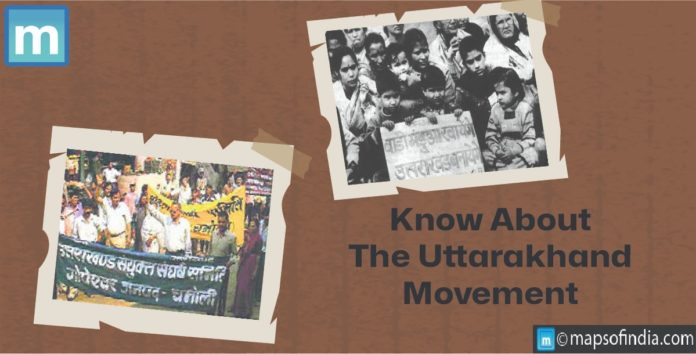Uttar Pradesh and Uttarakhand are two diverse Indian states with rich cultural significance. While most people know their distinct identities, some may not know that Uttarakhand was once a part of Uttar Pradesh. That was until Uttarakhand became a separate state thanks to a non-violent struggle led by the people of the hill region.
Why was Uttarakhand separated from Uttar Pradesh?
Uttarakhand was separated from Uttar Pradesh in 2000. The call for a separate state was first made in the early 1950s but gained traction in the 1990s.
-
Regional neglect
Uttar Pradesh’s hill region had long been ignored by the state administration, headquartered in Lucknow, hundreds of kilometers away. The region received a disproportionately tiny fraction of the state budget, and its infrastructure and social services were in poor condition.
-
Cultural and Linguistic Identity
The hill people have a distinct cultural and linguistic identity from the lowlands. They have their language, Garhwali or Kumaoni, as well as their customs and traditions.
-
Economic Disparity
When compared to the plains, the hill region is economically disadvantaged. The region has a scarcity of agricultural land and natural resources. As a result, the hill region has greater poverty and unemployment rates.
The Uttarakhand Movement
The Uttarakhand movement began in the early 1990s and culminated in establishment of the state of Uttarakhand in 2000. A variety of organizations as well as individuals led the movement, including the Uttarakhand Kranti Dal (UKD), the Uttarakhand Sangharsh Samiti (UKSS), and Sundarlal Bahuguna, a renowned environmentalist and Gandhian. The Uttarakhand movement was met with opposition from the Uttar Pradesh government, which felt that establishing a new state would erode its political and economic authority. Several activists were killed or injured in clashes with the police.
Despite the suppression, the Uttarakhand movement gained strength. The national government formed a committee 1998 to investigate the demand for a distinct state of Uttarakhand. The committee, led by Justice MB Shah, proposed the establishment of a new state. The central government proposed a bill in Parliament 1999 to establish the state of Uttarakhand. Both houses of Parliament approved the bill, which became law in November 2000. After that, Uttarakhand was formally established on November 9, 2000. However, the new state was initially named Uttaranchal but was renamed Uttarakhand in 2007.
Impact of the Uttarakhand Movement
The Uttarakhand movement had several positive impacts, including:
-
Improved Development
Uttarakhand has grown significantly since its inception. The state government has significantly invested in infrastructure, education, and healthcare. As a result, the people of Uttarakhand now have a far higher standard of living.
-
Culture and language promotion
The Uttarakhand movement has resulted in the resurrection of the state’s culture and language. The state government has attempted to promote the Garhwali and Kumaoni languages and conserve the state’s distinct cultural history.
-
People’s empowerment
The Uttarakhand movement also empowered the people of the state. Uttarakhand’s people now have a more decisive say in their government and development. The Uttarakhand movement was a big win for the hill people. It demonstrated that we Indians can attain their goals via non-violent struggle and mass mobilization. It is a shining example of the power of people’s movements.




